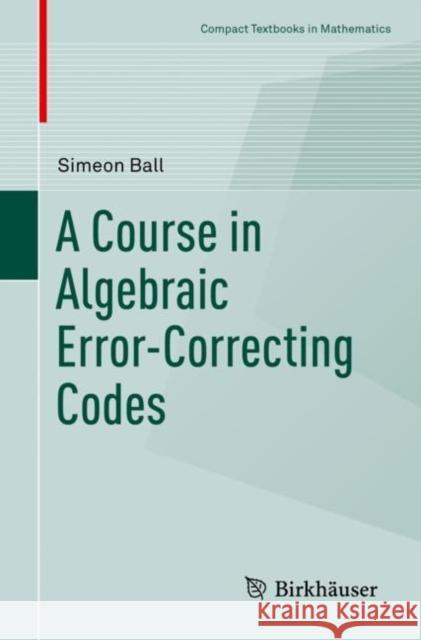A Course in Algebraic Error-Correcting Codes » książka
topmenu
A Course in Algebraic Error-Correcting Codes
ISBN-13: 9783030411527 / Angielski / Miękka / 2020 / 177 str.
Kategorie:
Kategorie BISAC:
Wydawca:
Birkhauser
Seria wydawnicza:
Język:
Angielski
ISBN-13:
9783030411527
Rok wydania:
2020
Wydanie:
2020
Numer serii:
000455623
Ilość stron:
177
Waga:
0.32 kg
Wymiary:
23.04 x 15.88 x 0.94
Oprawa:
Miękka
Wolumenów:
01











